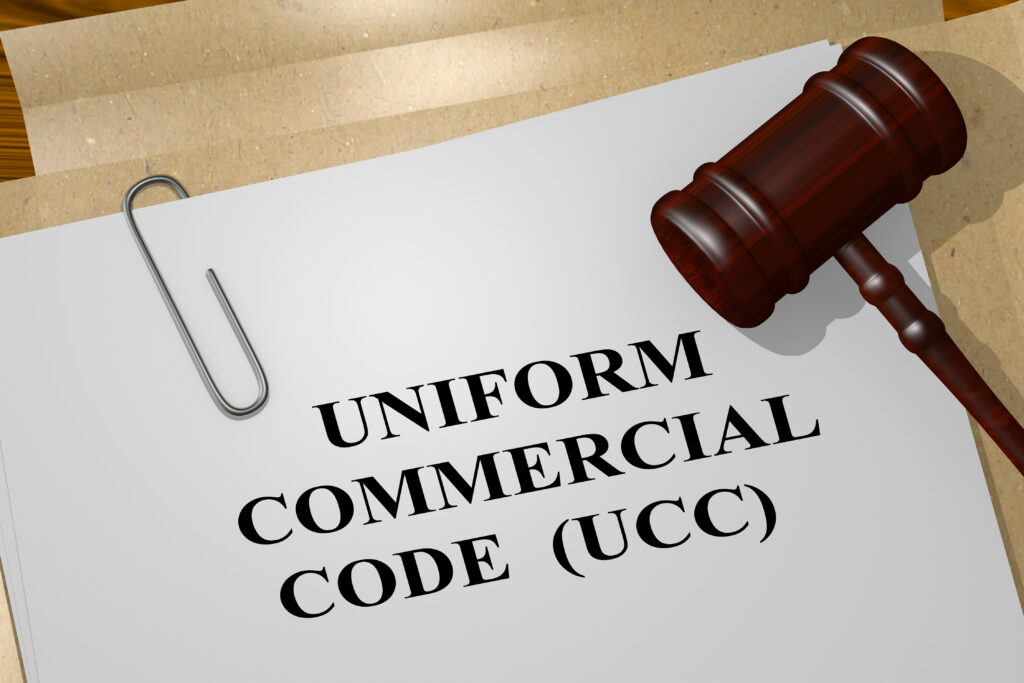 CFGMS Admin
November 19, 2025
Category:
Uncategorized
CFGMS Admin
November 19, 2025
Category:
Uncategorized
Many small business owners encounter the term UCC filing without fully understanding its significance. For businesses seeking flexible funding options, such as revenue-based financing, understanding UCC filings is essential. This guide explains what a UCC filing is, why it matters, and how it can affect your business’s financial flexibility.
What Does UCC Stand For?
UCC stands for Uniform Commercial Code, a standardized set of laws governing commercial transactions across the United States. The UCC provides a clear framework for lenders and funders to secure interests in business assets, ensuring transparency and legal protection for all parties involved.
Understanding UCC Filings and Liens
A UCC filing, often called a UCC-1 financing statement, is a public notice that a lender or funder has a secured interest in a business’s assets. This can include equipment, inventory, or other tangible and intangible property.
Key points about UCC filings:
- Purpose: Protects the lender or funder’s interest in collateral if a business defaults.
- UCC Lien: The filing creates a lien on the business property, which becomes part of the public record.
- Types: UCC-1 filings establish a lien; UCC-3 filings amend or terminate it.
For businesses exploring revenue-based financing, UCC filings provide important context for funders evaluating risk and repayment structures.
Why UCC Filings Matter for Your Business
Impact on Financing Options
Funders, including revenue-based financing providers like CFG Merchant Solutions®, review UCC filings to understand existing secured interests. A business with active UCC liens may face limitations on the types or amounts of financing available.
Effect on Creditworthiness
While UCC filings do not directly impact personal credit, they influence a business’s financial profile. Multiple liens may signal higher risk, which some funders may take into account when structuring flexible repayment options.
Risks and Considerations
- UCC filings remain on record for several years unless properly terminated.
- Unmonitored filings can create unexpected obligations or affect future funding opportunities.
Being proactive in understanding and managing UCC filings helps businesses maintain flexibility and financial health.
How to File a UCC (Step-by-Step Guide)
- 1. Identify the type of filing needed – Typically, a UCC-1 to establish a lien.
- 2. Prepare the necessary information – Include your business details, description of collateral, and creditor information.
- 3. File with your state’s Secretary of State office – Many states allow online submissions.
- 4. Maintain and monitor your filings – File UCC-3 forms to amend or terminate liens as needed.
Proper filing and monitoring ensure your business has a clear financial record, which is especially important for those exploring revenue-based funding solutions.
Common Questions About UCC Filings
How long does a UCC filing last?
Most filings last five years, with the option to renew before expiration.
Can a UCC filing be removed?
Yes. A creditor or funder can file a UCC-3 termination statement once the secured obligation is satisfied.
How to check if your business has a UCC filing?
Check your state’s UCC public records database online to see if any active filings exist.
Recap
Understanding what a UCC filing is is critical for small business owners, especially when considering flexible financing options like revenue-based funding. By monitoring filings and maintaining clear financial records, businesses can protect their assets, improve access to financing, and make more informed funding decisions.
